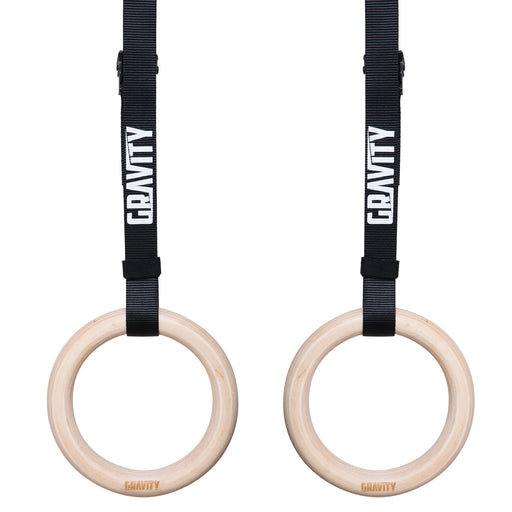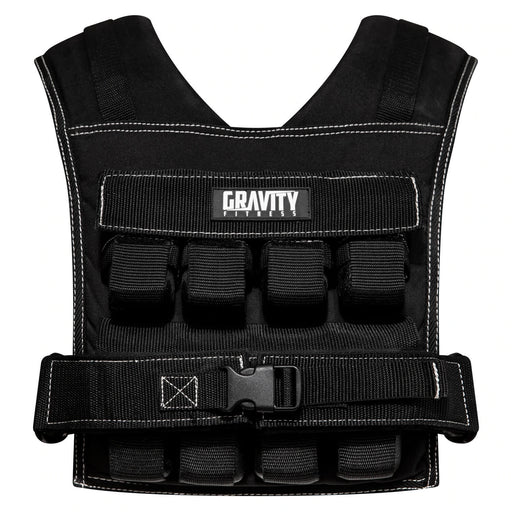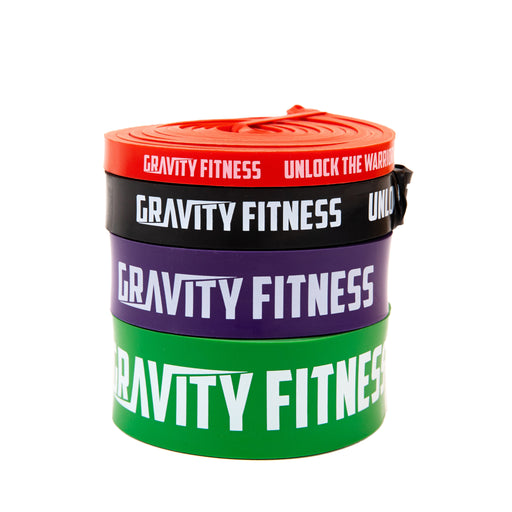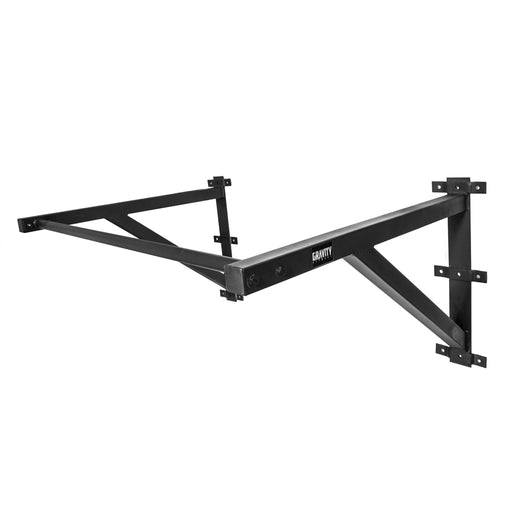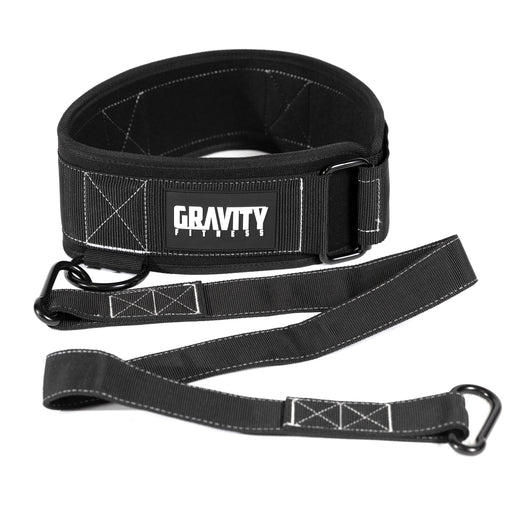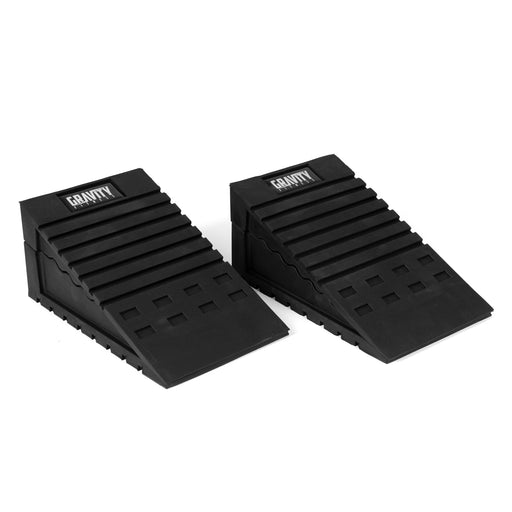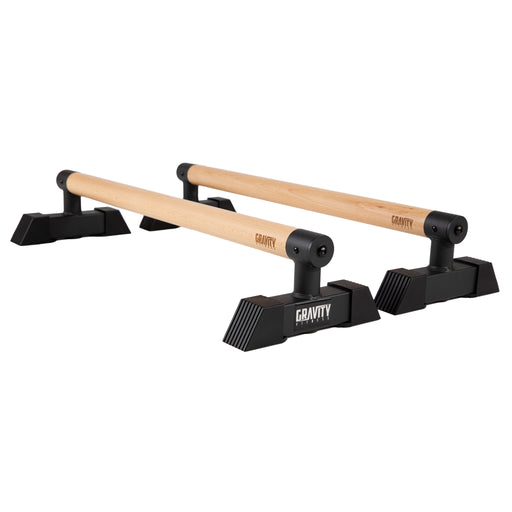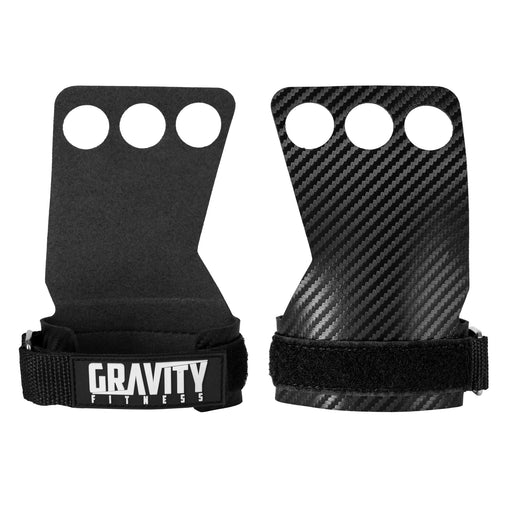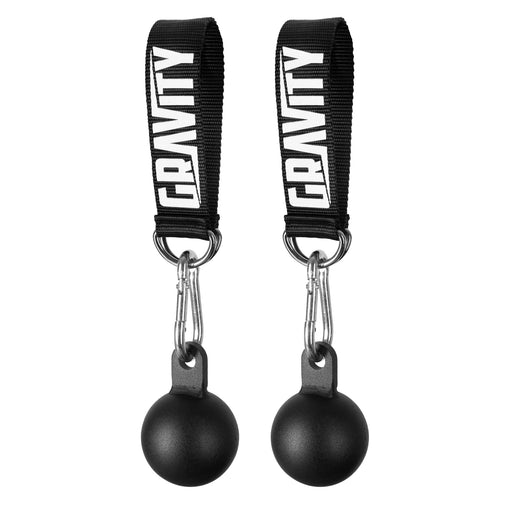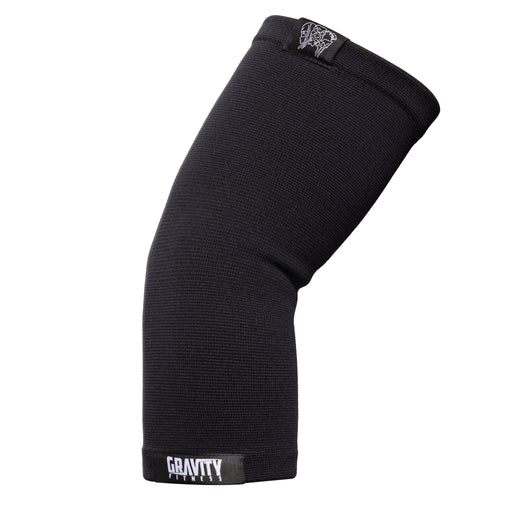
Could Weighted Vests Become Rugby’s Next Performance Edge?
The Autumn Internationals are back, and it’s one of the best times of the year to be a rugby fan. The stadiums are packed, the weather adds drama, and the matchups are fierce. Whether you’re watching England’s defensive grit, Ireland’s precision, South Africa’s power or the All Blacks doing what they do best, the Autumn series always highlights just how physical, explosive and brutally demanding rugby really is.
It also raises an important question for players and coaches at every level:
How do you train your body to keep up with a sport that demands strength, power, speed, endurance and resilience all at once? Rugby players already train hard. But could they train better?
Let’s take a look at the loaded conditioning tools rugby players currently use and explore why weighted vests might be the next major upgrade in the sport’s training methodology.
How Rugby Players Already Use Load in Training
Rugby conditioning has always been built around heavy, awkward and functional movements that prepare athletes for the realities of contact. Step into a professional training camp and you’ll usually find:
Weighted sled pushes and pulls
Used to simulate scrums, ruck drives and the repeated force output required in contact situations.
Sandbag carries and drags
Ideal for grip strength, brute conditioning and mimicking the unpredictable nature of tackling a moving opponent.
Ruck bags and tackle shields
These tools help develop explosive power, body positioning and hand placement under resistance.
Team carries and “buddy pulls”
Used to rehearse the kind of resistance a player faces while driving through contact or clearing out a ruck.
In short, rugby conditioning is already built around load, power, resilience and body control under pressure. Weighted vests simply slot naturally into this training philosophy.
Why Weighted Vests Make Sense for Rugby Conditioning
Weighted vests provide a very specific type of load: evenly distributed, torso-centric resistance that doesn’t restrict movement. This makes them extremely useful in a sport where athletes must sprint, step, accelerate, decelerate and absorb force repeatedly. Here’s why rugby players should consider using them.
1. They Build Game-Specific Strength Without Limiting Movement
A weighted vest allows players to move naturally while adding meaningful resistance. Unlike barbells or dumbbells, a vest doesn’t limit arm movement or alter running mechanics. Players can complete:
-
Sprint drills
-
Agility patterns
-
Ruck footwork
-
Plyometric work
-
Tackling position drills
All under additional load. This builds real-world strength directly transferable to match play.
2. They Improve Posture and Torso Strength Under Fatigue
A strong and stable torso is essential in every phase of rugby — tackling, scrummaging, carrying and clearing out. Weighted vests place consistent demand on the core, hips and spinal stabilisers, promoting better posture and bracing under pressure.
This helps players maintain strong body positions late in the game, when legs are heavy and technique usually declines.
3. They Increase Repeated Power Output
Rugby is not a sport of single maximal efforts. It’s a sport of repeated explosive actions: sprint, tackle, get up, carry, set, repeat. Weighted vests train exactly this through short-to-moderate conditioning blocks where the player learns to produce power again and again under fatigue. This kind of conditioning builds the engine that modern rugby requires.
4. They Improve Aerobic Power for High-Tempo Matches
The speed and intensity of modern rugby have increased significantly. Players cover more ground at higher speeds with shorter recovery between efforts. Weighted vest conditioning improves:
-
Lower-body endurance
-
Cardiovascular efficiency
-
Running economy
-
Recovery between high-intensity phases
This helps players stay effective through the full 80 minutes, not just the first 40.
How Weighted Vests Could Enhance Existing Rugby Drills
Weighted vests should not replace existing rugby conditioning methods; they should enhance them. A weighted vest can be added to:
-
Sled pushes for increased force output
-
Sandbag carries for greater full-body demand
-
Shuttle sprints for improved acceleration mechanics
-
Footwork drills for better control under fatigue
-
Tackling posture drills for improved collision stability
-
Ruck drills for enhanced hip and torso strength
Even a modest vest, around 10–15% of body weight, can dramatically increase the effectiveness of these drills.
Will Weighted Vests Become Standard in Rugby Training?
Rugby has always embraced functional, gritty training tools. Weighted vests are a logical evolution of this approach.
They support:
-
Collision strength
-
Aerobic power
-
Repeated sprint ability
-
Core stability
-
Posture under fatigue
-
Sport-specific movement patterns
They are simple, versatile and effective and they make training harder in exactly the right ways. So could they give a team a competitive edge? Quite possibly.
As teams continue to look for marginal gains in conditioning, recovery and performance, weighted vests might become a regular part of rugby training. And if a club starts using them consistently across both forwards and backs, don’t be surprised if that team begins to hit harder, last longer and dominate the final quarters of matches.














